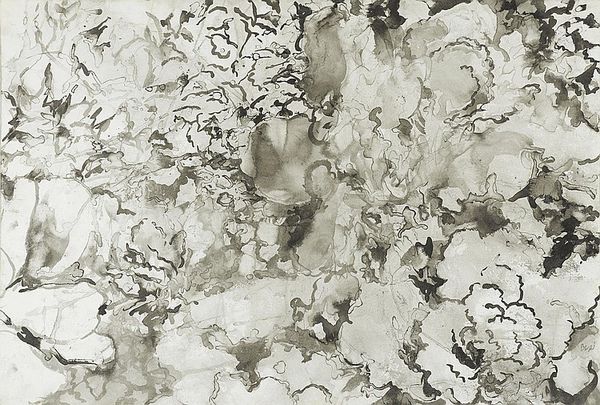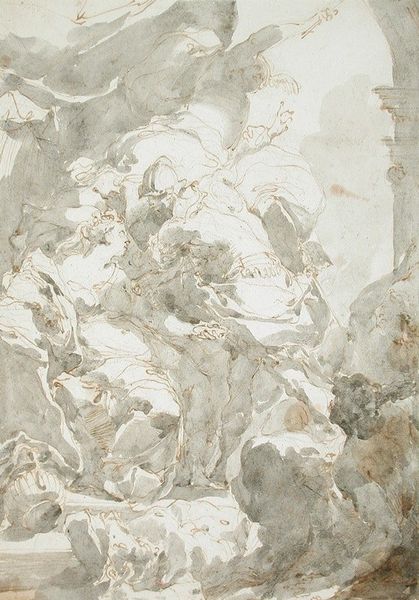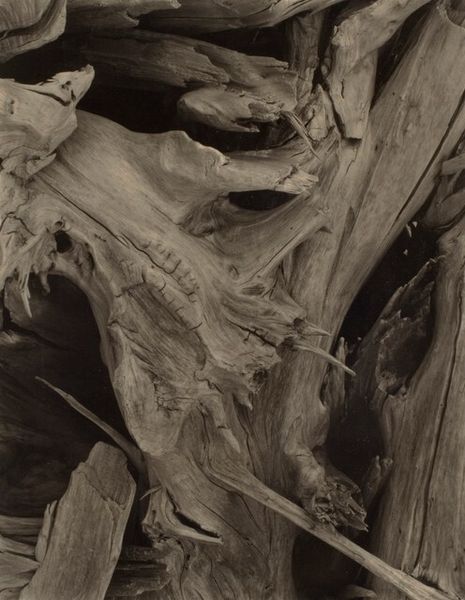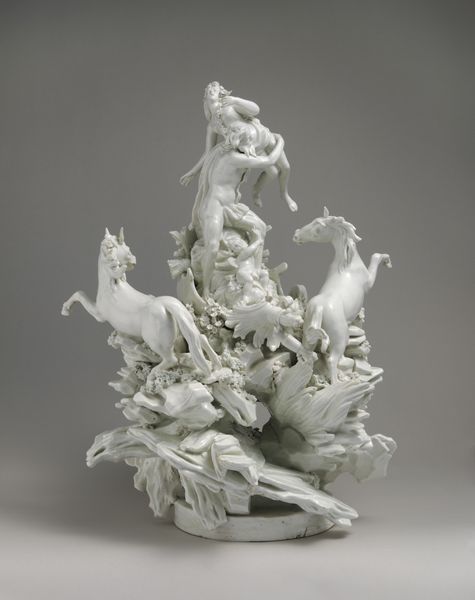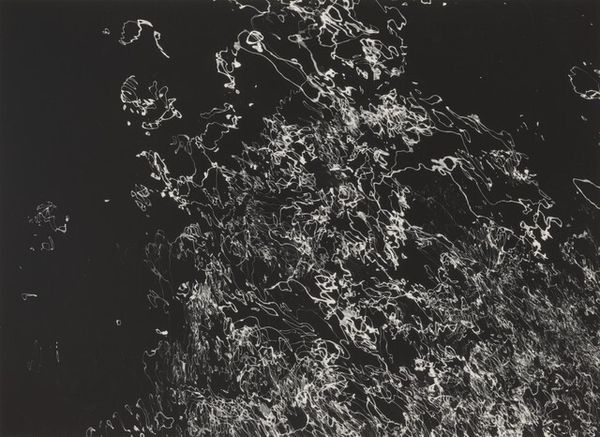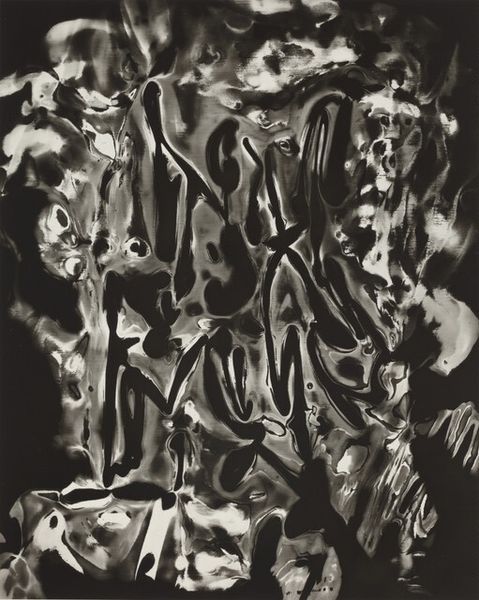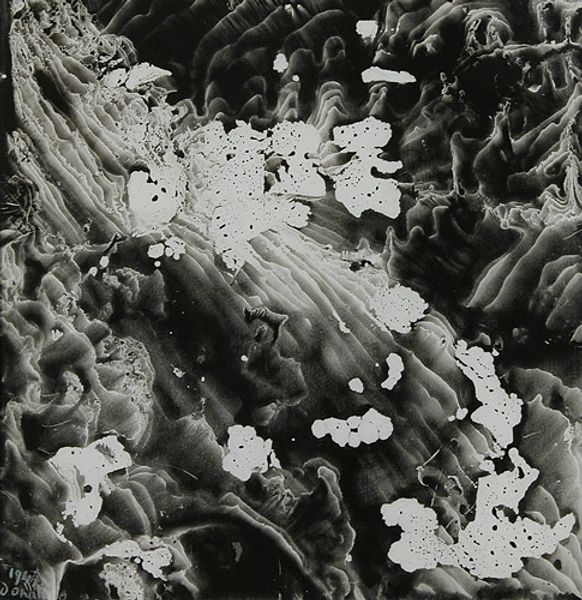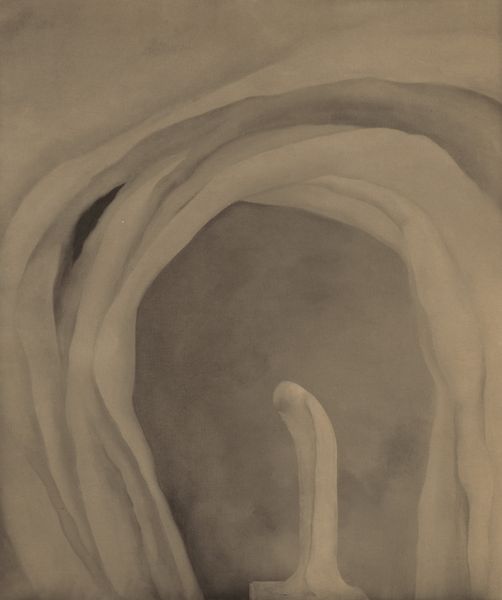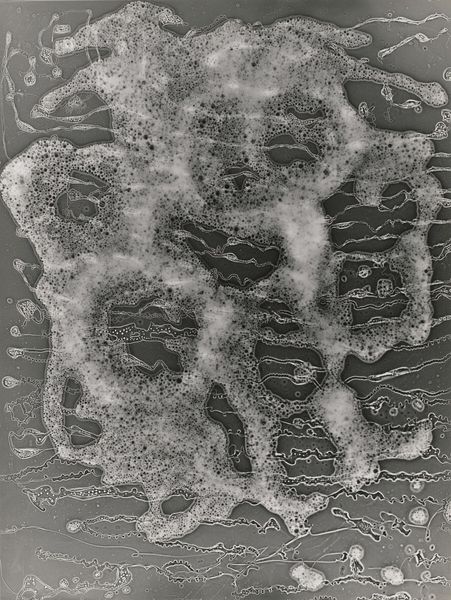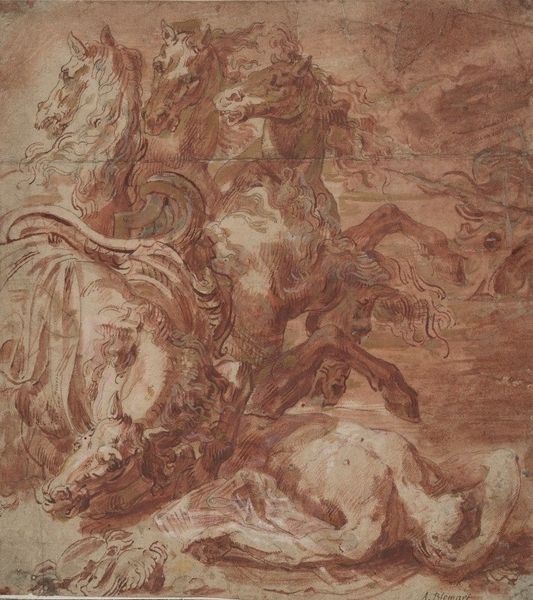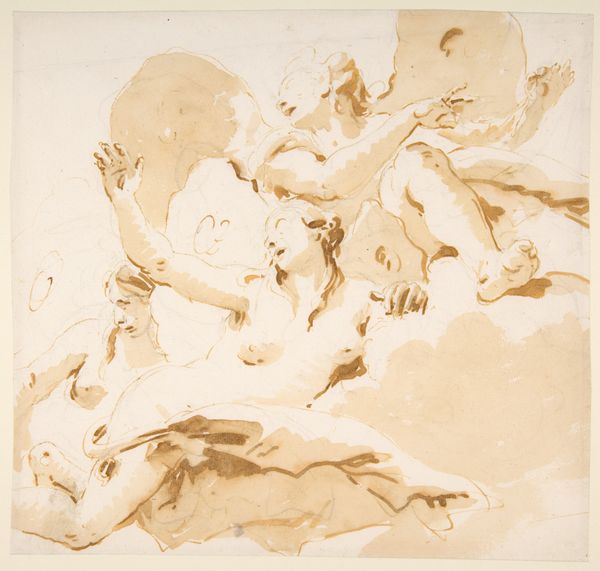
photography
#
pictorialism
#
photography
#
modernism
#
realism
Dimensions: image/sheet: 25.1 × 19.7 cm (9 7/8 × 7 3/4 in.) mount: 50.8 × 40.6 cm (20 × 16 in.)
Copyright: National Gallery of Art: CC0 1.0
Curator: Take a moment with this striking image, "Intimate Design (Cabbage)," a photograph created around 1932 by John Vanderpant. Editor: It's incredible how Vanderpant transforms something as ordinary as a cabbage into an almost alien landscape. It has an otherworldly feel. Curator: Precisely. Vanderpant, who worked with still lifes, brought the essence of Pictorialism into play, and yet there is also the precision, the focus, associated with modernism—all in how he captures texture. Editor: I wonder what it meant to Vanderpant to choose something so everyday as his subject? Given the broader social and political landscape of the 1930s, the emphasis on ordinary lives strikes me as potentially radical, offering value and beauty where perhaps none was readily perceived. Curator: It also plays into the perennial quest to see the sublime in the mundane. Think about the symbols tied to food over the centuries—sustenance, of course, but also sacrifice, prosperity, communion. Focusing on the details of the cabbage, the frilled leaves especially, evokes a complex matrix of meanings. Editor: Right, but what does it say about whose work is valued? And who has access to these seemingly mundane comforts, and who doesn’t? We can't escape the economic realities. I'm left wondering if Vanderpant was interested in commenting on food access. Or even, more directly, in calling attention to waste as something inextricably part of consumption, which then and now requires examination. Curator: A valid point, given the history of art intertwines profoundly with questions of labor, visibility, and consumption. In contrast to highly artificial forms that characterized earlier studio photography, Vanderpant embraced a more "organic," less posed image—though clearly "composed." I am also struck by the way Vanderpant evokes the familiar, but makes the viewer re-imagine a mundane object from a micro perspective. Editor: Exactly, and even through abstraction, the message hits: if you waste it, what does it really say about what you consider sacred? Curator: Indeed. We each bring our own lenses. I remain fixated by the artistic vision at play here: how does art compel us to re-see and, maybe, ultimately, re-evaluate? Editor: And I am always asking, who gets to choose which images, lives, stories, or moments become immortalized?
Comments
No comments
Be the first to comment and join the conversation on the ultimate creative platform.
